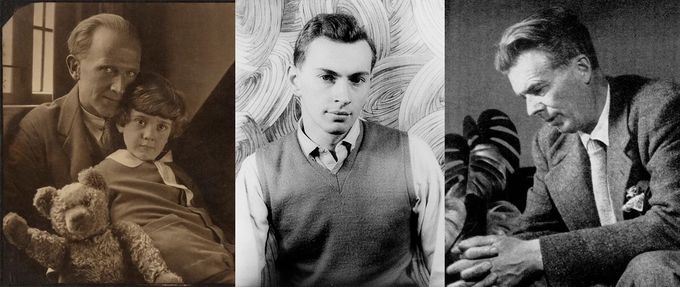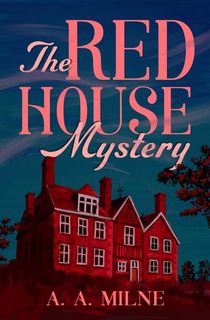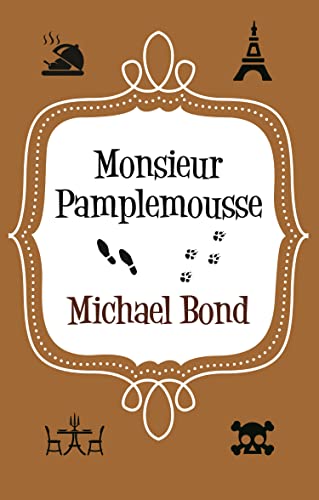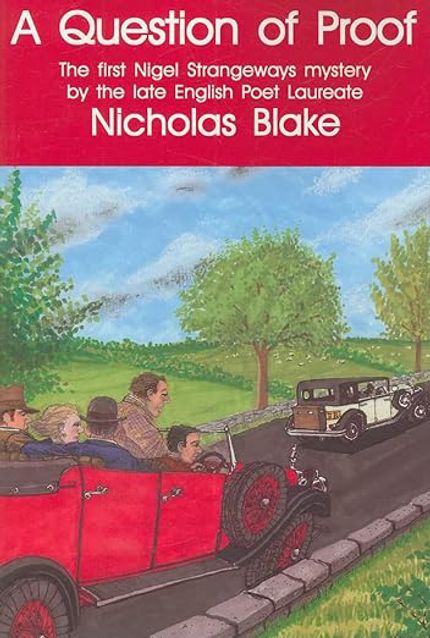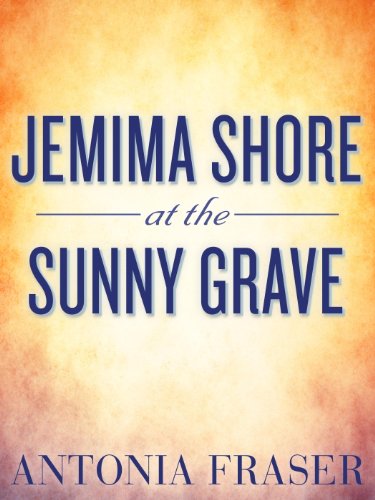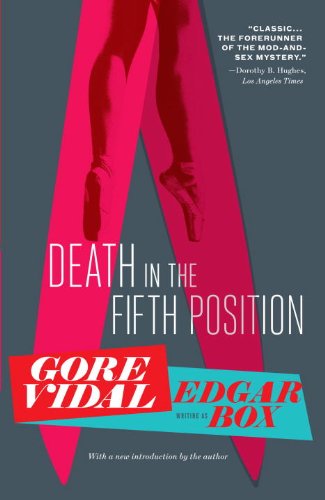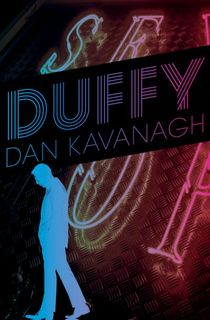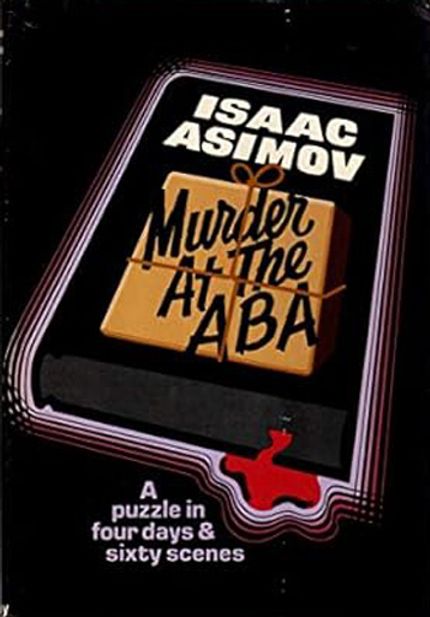When most writers turn to crime, they make a career of it. But some authors simply dip in and out, while making a name for themselves in an often radically different genre.
Here are some of the most unexpected mystery writers.
A.A. Milne
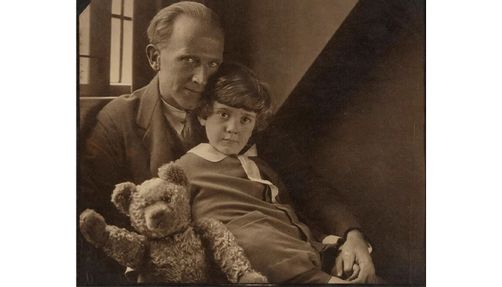
London-born author Alan Alexander Milne is celebrated around the world for his creation, Winnie the Pooh, who made his literary debut in 1925.
But before writing stories about a ‘bear with very little brain’ and his pals Piglet, Tigger, and Eeyore, Milne had scored a major commercial success with his whodunit, The Red House Mystery.
A classic country mansion murder featuring an upper-class amateur sleuth and a house party of likely suspects (including, naturally, a histrionic actress, a socially ambitious widow, a playboy, an ingenu and a retired army officer…).
The Red House Mystery was so popular that it ran to 24 editions and remained in print for over 30 years. Milne was an avid reader of detective fiction, but, alas, the success of his children’s books, meant he never wrote another one himself.
Michael Bond
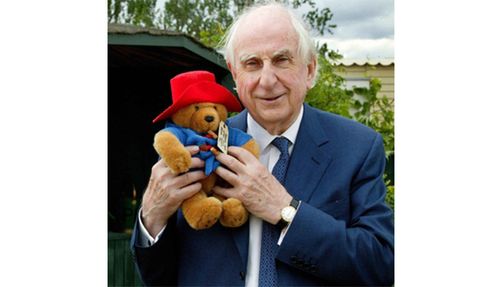
Like A.A Milne, English writer, Michael Bond is acclaimed for creating a favourite of children’s fiction, Paddington.
Considerably less famous than the marmalade-sandwich-eating Peruvian bear is another of Bond’s fictional figures, Aristide Pamplemousse, a French former police officer with a passion for haute cuisine.
The only books Bond wrote for adults, the Monsieur Pamplemousse detective series ran to eighteen novels, all of them featuring our hero (an unlikely combination of Inspectors Maigret and Clouseau) and his faithful bloodhound, Pommes Frites.
The duo investigates dark goings on in France’s poshest restaurants. Light-hearted, frothy and filled with silly jokes, they are the sort of fun, cosy mysteries you’d expect from the man behind the duffle-coated bear.
Cecil Day-Lewis
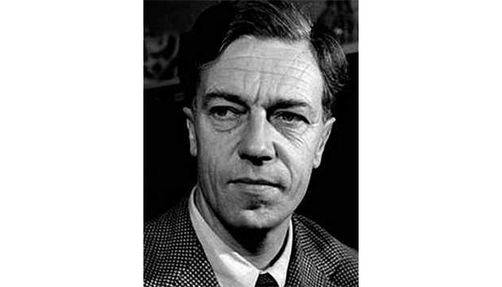
The Anglo-Irish poet (and father of actor, Daniel) was elected as Poet Laureate of the United Kingdom in 1968 (previous incumbents include William Wordsworth and Alfred, Lord Tennyson).
Lecturer in poetry at both Cambridge and Harvard, and translator of the Roman poet, Virgil, Day-Lewis also wrote a series of detective novels. Because he worried such books would damage his reputation as a high-minded poet, they appeared under the pen name Nicholas Blake.
Featuring private detective Nigel Strangeways, the Nicholas Blake mystery series began in 1935 with A Question of Proof and ran to fifteen more titles, concluding with The Morning After Death in 1966.
Classic Golden Age mysteries, the Strangeways books were massively popular (A Question of Proof sold 200,000 copies in the UK alone), and provided Day-Lewis with an income he could never have achieved through poetry.
Lady Antonia Fraser
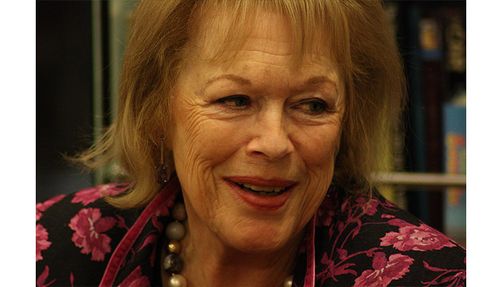
Acclaimed historian, author of weighty biographies of Mary Queen of Scots, Oliver Cromwell, and Marie Antoinette, and wife of Nobel Laureate, Harold Pinter, Lady Antonia Fraser, also penned a series of twelve detective novels featuring investigative reporter, Jemima Shore.
Elegantly written and set around elite schools and universities, they are classy, cozy crime novels with a sharp pinch of nastiness stirred in.
Gore Vidal
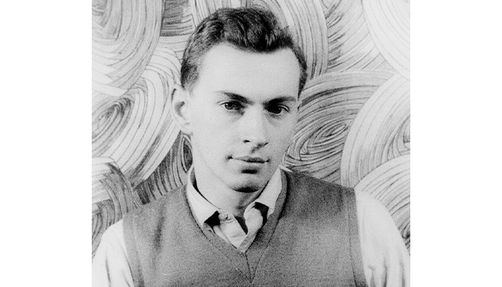
Novelist, essayist, and talking head Vidal is best known for his series of American historical novels and his public rows with fellow authors such as Norman Mailer.
Back in the 1950s, he found himself shunned by mainstream publishers after writing The City and the Pillar, one of the first openly LGBTQ+ novels. In order to make a living, Vidal adopted the pseudonym Edgar Box and penned three mystery books—starting with 1955’s Death in the 5th Position.
They featured publicist-turned-private eye, Peter Cutler Sergeant II. The books sold well and kept Vidal solvent, but once he was back in the good graces of public opinion, he dropped Edgar Box and never wrote another crime novel again.
Aldous Huxley
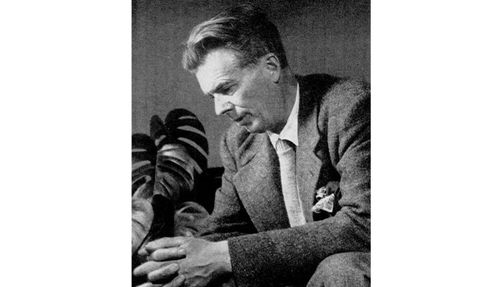
A public intellectual, author, and early dabbler in hallucinogenic substances, Aldous Huxley is best remembered today for his classic science fiction work Brave New World, a dystopian vision of a perfect society gone badly awry.
That renowned work appeared in 1932. Ten years earlier, Huxley had penned a sharply amusing little mystery tale, A Deal in Old Masters.
The story of an English art dealer whose attempts to bamboozle a nouveau riche client go badly wrong, Huxley’s only foray into crime was published in Strand Magazine alongside Sir Arthur Conan Doyle’s celebrated Sherlock Holmes’ tale The Adventure of the Creeping Man.
Julian Barnes
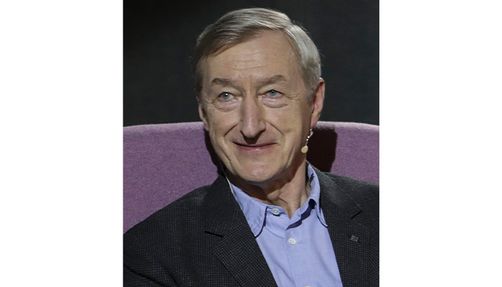
Heavyweight literary novelist, Barnes has had a career garlanded with awards (including the Booker Prize and Somerset Maugham Award).
Away from the world of ‘serious fiction’ he adopted the pseudonym Dan Kavanagh (his wife was Pat Kavanagh) to write a series of crime novels featuring private detective Duffy, probably the first openly bisexual PI in crime fiction. As Kavanagh, Barnes wrote four Duffy novels in the 1980s.
Tough, gritty, and a little bit grim, they have much in common with the seedy, alcohol-soaked Brit noir produced by writers like Derek Raymond and Ted Lewis.
Isaac Asimov
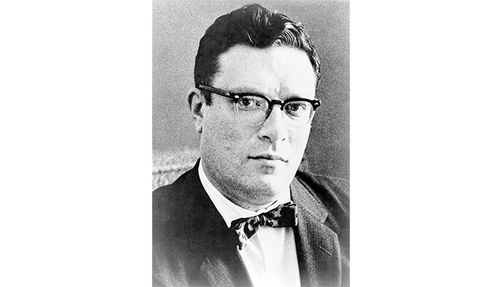
One of the three biggest names in science fiction, author of the acclaimed Foundation and Galactic Empire series, Isaac Asimov is known around the world for his imaginative vision of other worlds.
The American author and scientist also wrote a number of mystery novels. Some of these have a sci-fi element to them, but the best of them is grounded very much in our world.
Murder at ABA is set at the convention of the Association of American Booksellers and features an amateur sleuth, Darius Just, who is based on Asimov’s friend and fellow sci-fi writer, Harlan Ellison.
Asimov once said that ‘Of the 200 books I have written, Murder at ABA is my favourite’. It’s easy to see why.
